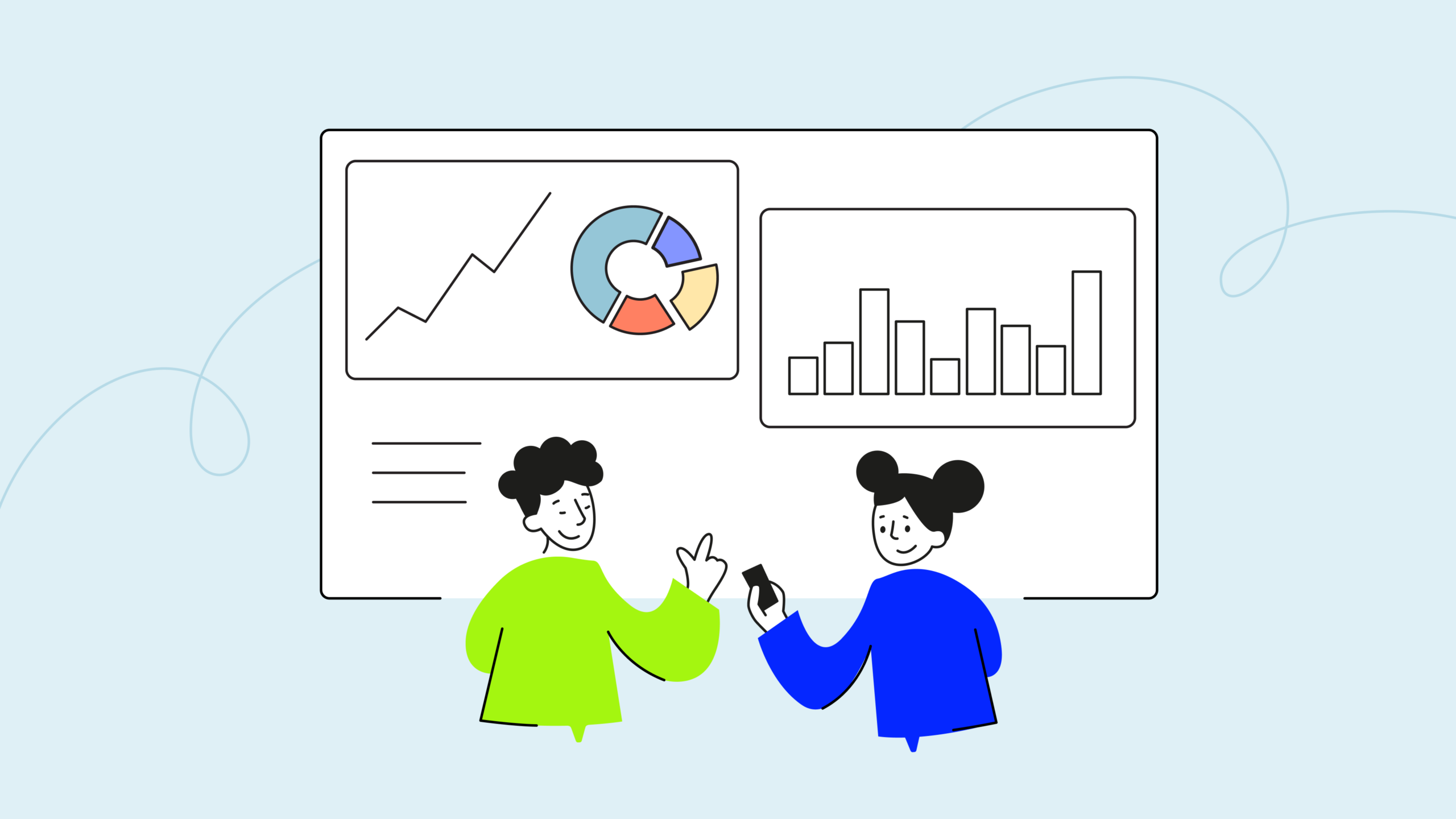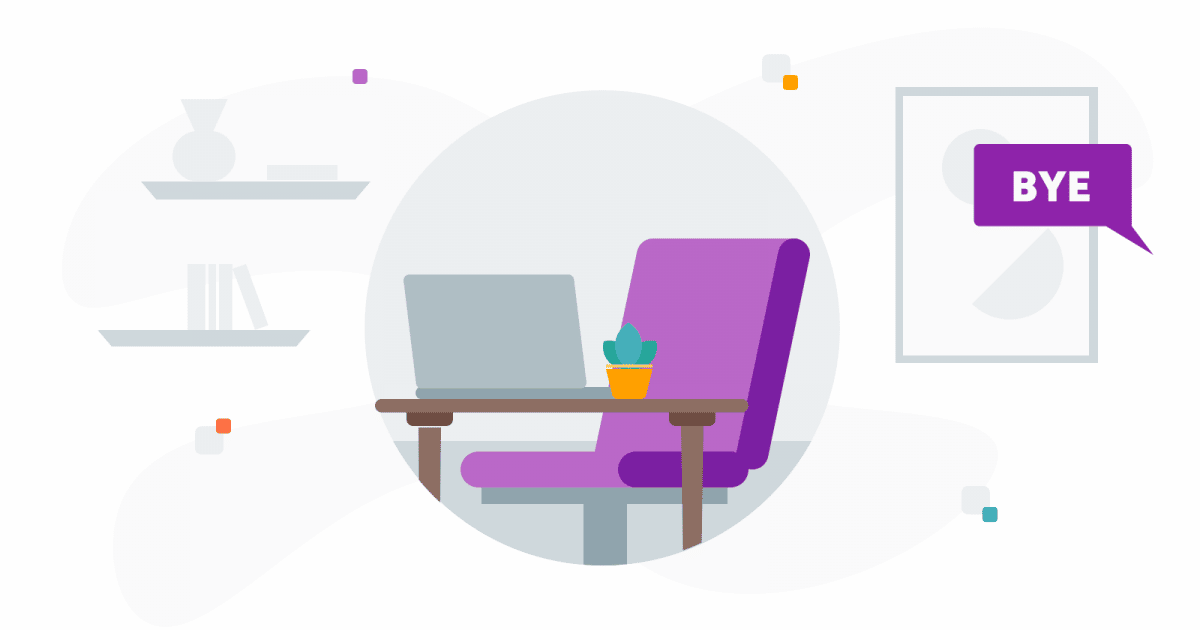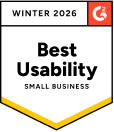Think of inbound and outbound call centers as two sides of the same coin –both crucial for business success but focused on opposite sides of the customer experience. Let’s break this down with a real-world scenario.

There are two faces of modern call center operations. Inbound expertly handles incoming customer calls. Meanwhile, outbound strategically reaches out to prospects and drives sales. These are the key differences between the two you need to know.
Modern businesses thrive on both reactive and proactive customer engagement. While inbound teams excel at support, outbound centers are becoming the secret weapon for growth—actively generating leads and nurturing relationships. And with 54% of customers raising their service expectations annually, combining both approaches gives you a powerful edge in today’s market.
In this guide, we’ll break down everything you need to know about inbound and outbound call centers, helping you determine which model – or combination of both – will best serve your business objectives.
Key takeaways:
- Modern call centers aren’t just about handling cold calls –they’re about creating seamless experiences. With 72% of customers expecting agents to know their history and 68% leaving after a poor experience, every interaction counts.
- While inbound teams rely on smart routing and queue management to handle unexpected support volumes, outbound operations thrive on predictive dialers and lead management systems.
- By tracking and analyzing both inbound and outbound interactions, you can continually optimize your operations, improve customer satisfaction, and identify new opportunities for growth.
Set up call sequences and customize customer interactions with CloudTalk
Key Differences Between Outbound and Inbound Call Centers
Think of inbound and outbound call centers as two sides of the same coin –both crucial for business success but focused on opposite sides of the customer experience. Let’s break this down with a real-world scenario.
















